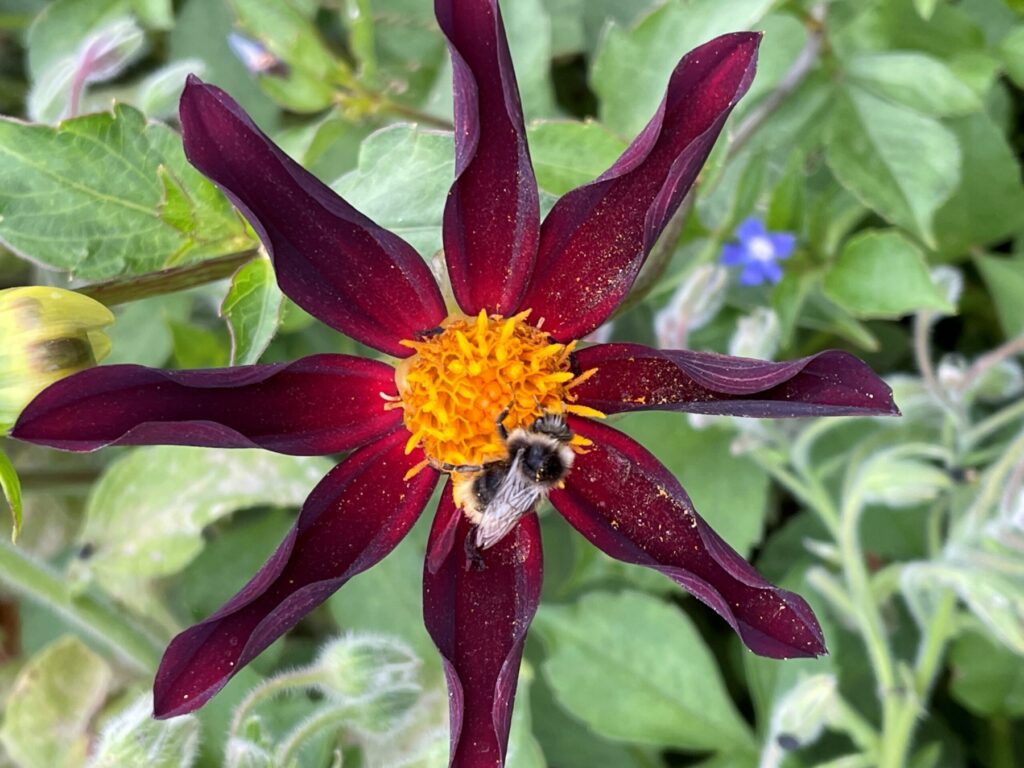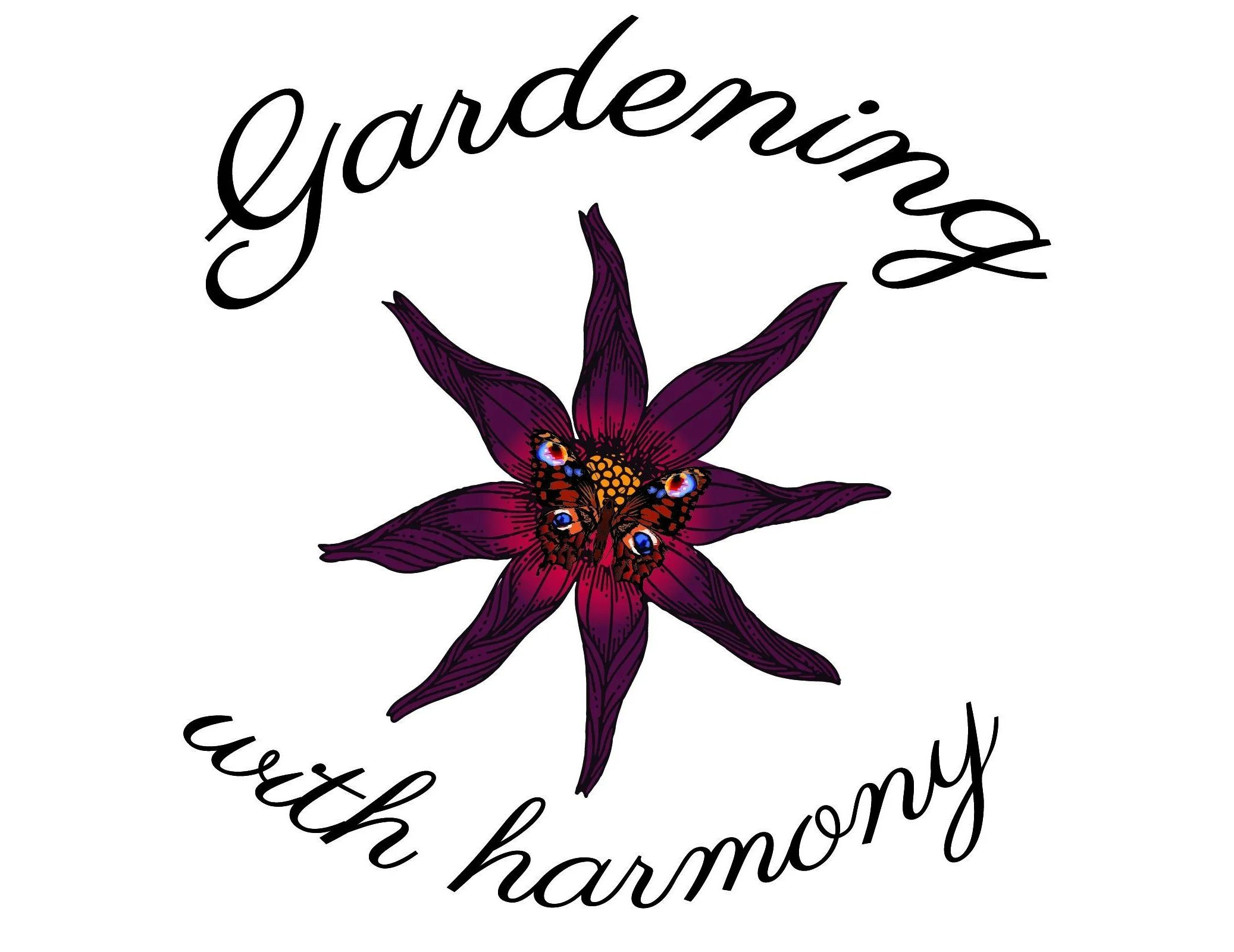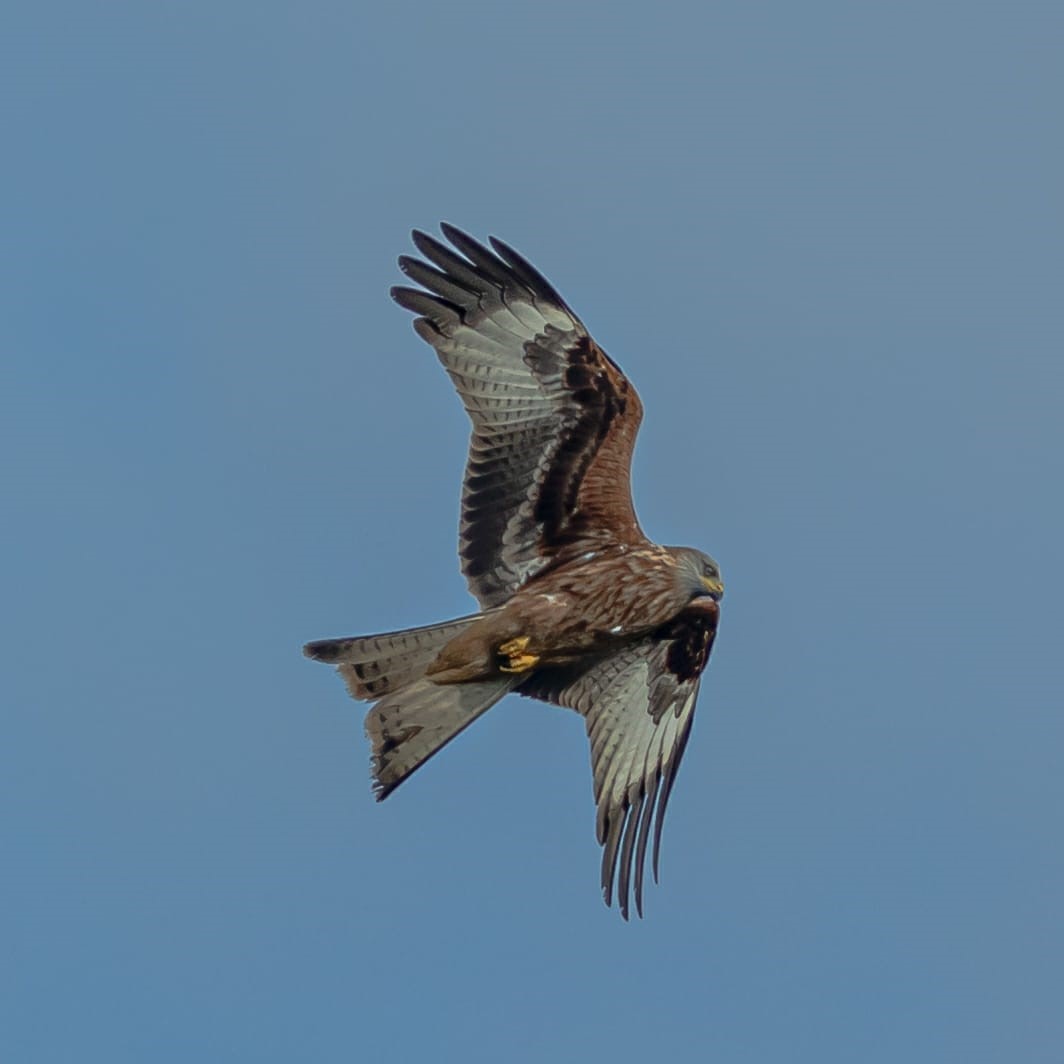Wow, what a fabulous time I have had, joining the 30 Days Wild challenge 2023. And what a Wild 30 Days I had.
30 Days Wild is The Wildlife Trusts’ annual challenge where they ask everyone to do one wild thing a day throughout the month of June.
My post Wild things for gardeners, bee beautiful set a challenge.
Click here for details of my wild weeks one, two and three.
30 Days Wild. First week challenge
30 Days Wild, week two of the challenge
The fantastic wildness of magic week 3
And read on for the final nine days of wildness.
Wild 30 Days, day twenty two

June 22nd and summer has arrived after the Summer Solstice yesterday. Scorching hot again too so sunglasses and suntan cream at the ready.
Today is plant swap day. My dear friend, the Cosmos Queen, is visiting and I have some plant swaps for her. She features in three other posts, the latest one can be seen here The Cosmos Queen’s beautiful dahlias
Naturally, she needs more dahlias, so I have a couple of surprises for her to take home and plant in her garden.
Also, my family have a couple of plants in pots that are going spare. So, we headed over to collect these and look at their garden. Whilst there, we just had to check out their philadelphus (photo above) for a swoon and a sniff. It is much larger than mine!
As a result of that swoon and sniff, the Cosmos Queen needs a philadelphus. Of course she does!
I could see a mental list being compiled as we checked out the flower borders and I had to smirk when I heard the words, so often repeated “I am going to need another border!” So that will be border number nine then Cosmos Queen!
After a chat and a giggle, watching some stag beetles and birds on the numerous bird feeders, we loaded up the car with a hawthorn, a cornus and a spiraea. And, back to my garden for a bit more wildness.
After more jolly good chatting and laughing, some flower swooning and wildlife watching, a close encounter with a chicken or five, the visit was coming to an end. So, then it was time to squeeze the rest of the plants into the car!
Oh, and a Black Opel tomato plant was squeezed in too.
Overall, a delightful day catching up.
Twenty third day of wildness

June 23rd of Wild 30 Days and a fantastic sight. Two red kites soaring above my garden on two occasions in the day.
Initially, I was alerted to their presence by my chickens. One of my girls made an alarm call and they all raced into the flower borders, underneath a mexican orange blossom. Clearly, they have the instinct to hide from birds of prey, even though the red kite is mainly a scavenger, eating scraps.
However, who can blame my girls, they cannot compete with a bird with a 1.8m wingspan!
This magnificently graceful bird of prey has a reddish-brown body, angled wings and deeply forked tail so is easy to identify.
I managed to take some photos but as I only had my phone, the snaps were not impressive. Pimple and elephant springs to mind!
For this reason, the photos of the red kite in this post are not mine. A friend took them, in his garden, and shared with me for this post. I am sure you will agree, the photos are stunning. Thanks Richard.
For more information on this beautiful bird of prey, see the link below.
https://www.wildlifetrusts.org/wildlife-explorer/birds/birds-prey/red-kite
The wildness of day twenty four

24th of June and time to tilt my head back from the sky, and down to the ground.
I thought it would be interesting to see what other wildlife I could spot in the garden.
Firstly, there was the fabulous sight on and around the groups of red Ladybird poppies. So many hoverflies and bees. I considered counting them but not an easy task. Probably around thirty hoverflies and ten buzzing bees on an area of around sixty beautiful poppies.
Later on, I spotted a frog in the grass near one of my wildlife ponds. Luckily, I was able to get a few photos, see one of them above.
After the photo shoot, a hop or ten and a plop, into the nearest pond they went.
Frogs will be keeping cool in damp and shady parts of my garden, so it is not often I see them hopping about on the grass. Though, I do see them in the wildlife ponds on some really hot days.
Additionally, I have had some resident toads in my garden but unfortunately have not seen any recently.
Spawning in the spring
The resident frogs in my garden emerge from hibernation when the weather starts to warm and head straight towards their favourite pond to breed.
As I have four wildlife ponds, I always wonder why they only ever spawn in one of them. For whatever reason, they choose the second largest pond in the middle of the garden and the newts choose the largest pond at the top of the garden.
Depending on when the frogs have spawned, and it was late this year, due to the cold weather perhaps, froglets will leave the pond in summer.
They leave the water and can be seen hopping about for a couple of days. Then they hop off into surrounding areas and may not return to the pond until they are old enough to breed themselves. I have learnt that this can be two or three years later.
I help these frogs that are residents in my garden by providing the ponds, shady areas to shelter and hibernate and never using chemicals or pesticides.
The wildlife pond is the best thing we can do for all wildlife, so if you can, build a pond. Here are the basics to consider.
- Ponds do not have to be large, even a mini pond in a pot will benefit wildlife.
- You will need to make sure creatures can get into and out of the pond easily by having a slope. If you only have space for a pot, some stones in the side of the pot will be fine for easy access out. Plus some bricks, stones, or a log for access into the pot.
- Then add suitable plants, both in and around the pond for shelter. Also add useful plants such as oxygenators and plants with tall stems like water iris for emerging larvae.
The twenty fifth day of Wild 30 Days

June 25th and a dahlia day. Having finished and published some posts about dahlias recently, my head was full of dahlias. Well, when is it not!
Here are the new dahlia posts if you would like to take a look
10 beautiful dahlia flowers for pollinators
10 beautiful dahlias chosen for you
Time to inspect them all, all three hundred and fifty plus. I wanted to make sure they all had enough room to strut their stuff and bloom their socks off!
After plunging into the first flower border, I could see that some campions needed to come out, as they were too close to a gaggle of dahlias.
I took the campions out and cut some of the flowers for a vase. Although it does seem a shame to remove them, I have thousands around the garden so there are still plenty for the pollinators.
Once all the dahlias had some space, and several hours that took, I thought it must be photo time.
So, a large number of snaps were taken, and plenty of swooning took place. Several of the photos will make it into future blogs.
I am so pleased I have planted a mix of dahlias for pollinators and some decorative varieties too. All of them are so beautiful in the garden, so colourful, and such a boon to wellbeing.
Naturally, I have several books about dahlias which I swoon over quite often. Dahlias: Beautiful varieties for home and gardens is one of my absolute favourites. Link here https://amzn.to/46ocuI2 although I actually have all of them and can also thoroughly recommend these ones as well.
Floret’s Farm, discovering dahlias https://amzn.to/443eeoO and The joy of dahlias https://amzn.to/3r7IVu6
This blog is a participant in Amazon’s Associate’s Program. If you click on one of these links above, and make a purchase I may receive a commission, at no additional cost to you.
Twenty sixth day of wildness

June 26th of the Wild 30 Days and a day for looking at trees.
I have several trees in my garden and the largest is the horse chestnut. Photo above taken in late May this year in full flower.
The flowers provide a rich source of nectar and pollen for insects, particularly bees. Additionally, I have discovered, caterpillars of the triangle moth feed on its leaves, as does the horse chestnut leaf-miner moth whose caterpillars provide food for blue tits.
Also, deer and other mammals eat the conkers, so it is a great tree for wildlife.
This tree has a quantity of ivy growing up the trunk. When the ivy flowers, around the end of August, this provides a late nectar source for bees, wasps and hoverflies.
Overall, a great boon for wildlife, although I have not used the conkers for a conker fight for quite a few years!
Day twenty seven of Wild 30 Days

June 27th and I thought I would find out more about the wood pigeon that shares my garden.
I have had one wood pigeon sitting on a fence or hedge watching me in the garden for a couple of years. Recently another one has arrived and there has been much clattering of wings and an escalation in the rather monotonous coo-coo-coo call.
I have found that wood pigeons breed any time from February to September and build their nests about 2 m from the ground in a fork or a tree, or a branch. Presumably, my resident bird does not breed at the moment as I have not seen a nest and it seems to spend most of the day sitting on the fence.
Additionally, I learnt that they mainly eat leaves, buds, flowers, seeds, and berries. Also, that they will feed on worms, beetles, spiders, slugs, and snails.
Come off the fence and snack on some snails I thought before they munch my new dahlia shoots!
Twenty eighth day of wildness

28th June and a day to find out more about the ants that nest in my garden.
I have seen several ants nests in the ground and this one in an old chimney pot.
Because the ants have been nesting in the chimney pot for years, I have just removed the sun dial lid occasionally and had a peep. Very cross they were too, so just a quick peep and sun dial lid back on pronto! One of my Wild 30 Days which made the ants pretty wild too!
However, I did not know much about them, so time for some research I thought.
I found that an ants nest contains one or more fertile female queen ants, which lay eggs in brood chambers within the nest. Also, that most of the other ants in a nest are smaller wingless sterile females, which are known as worker ants. These worker ants maintain, guard, and enlarge the nest, feed the larvae and gather food for the colony. Quite a full time job then!
I have noticed that at certain times of the year, the chimney pot ants nest produces winged ants. These are young queens and male ants, which often emerge as one mass of flying ants in the garden.
I have found out that these flying ants fly up and mate, after which the males die, and the young queens try to find suitable places where they can establish new nests. A fascinating world that I knew little about until now.
Day twenty nine of wildness

29th June and a day in the Wild 30 Days to try to find some butterflies.
I have always been aware that the beautiful butterfly is an extremely sensitive indicator of the health of the environment. Primarily, this is why I always take part in the big butterfly count.
This year the count takes place from Friday 14th July until Sunday 6th August.
All we have to do is choose a place to spot butterflies and moths, in the garden, park or wherever we choose, watch for fifteen minutes, then record which species are seen.
Follow the link below to find out more and get involved.
https://bigbutterflycount.butterfly-conservation.org
Back to the butterfly count in my garden today. Whenever I had a chance to go outside, I had eyes peeled for sightings and was ready to take a snap or two if possible.
And here are the results:
- 2 Comma
- 6 Large White
- 4 Gatekeeper
- 1 Common Blue
Overall, not many sightings and none of my favourite peacocks, or red admiral or painted lady, but hopefully they will appear when the buddleia is in bloom soon, ready for the big butterfly count.
They are most active in July and August so we should see more for the count I hope. Check out my recent post about butterflies here Counting beautiful butterflies, gardeners can help
Day 30 and the last day of Wild 30 Days

June 30th and the last day of the 30 Days Wild challenge and what a Wild 30 Days I have had!
More seed sowing, and for me, a fabulous finale to the end of the month of my Wild 30 Days.
Clearly, there can never be too many seeds sown in a year and I aim to cram Favolosa, my greenhouse, with many more today.
In addition to the hesperis, nigella, foxgloves, aquilegia and echium blue bedder, all sown and germinating well last week, I have plenty more seeds to sow.
Accordingly, the peat free seed compost is out, the trays, labels, seeds, and watering can so here we go.
An absolutely delightful time was had and I now have more seed trays full of delphiniums, pansies, candytuft, wallflowers, swiss chard and spinach, all nestling in Favolosa in the spaces not occupied by tomato plants.
I have thoroughly enjoyed this 30 Days Wild or Wild 30 Days challenge and am so pleased that I signed up this year.
The amount of wildlife I have seen in my garden has been fantastic. So many insects I had not noticed before. Additionally, so much knowledge I have learned about a wide and wild variety of varied species. Also, catching up with friends and family and talking flowers, wildlife and gardens is always a boon.
I will continue to watch the wildlife in my garden and learn more, as it has been such a fascinating and Wild 30 Days and will clearly become a lifelong passion.
One of my favourite books is RSPB Gardening for Wildlife by Adrian Thomas. An outstanding book, full of inspiring ideas on what to do so gardens, large or small, can become ideal homes for wildlife. I love this book and refer to it all the time. Link below if you would like more details.
I hope that you signed up or at least had a chance to become a little wilder where you are.
Do share your experiences, it would be great to see how wild you became in your Wild 30 Days!
To see all my updates as they happen, please enter your email address below and press the subscribe button.



2 responses to “Wild 30 Days. The beautiful finale”
Some lovely pics in this one. The Red Kite is awesome and I love the little frog😍
Thank you, pleased you liked the photos and the frog. My friend Richard certainly managed some beautiful snaps of the red kites too.